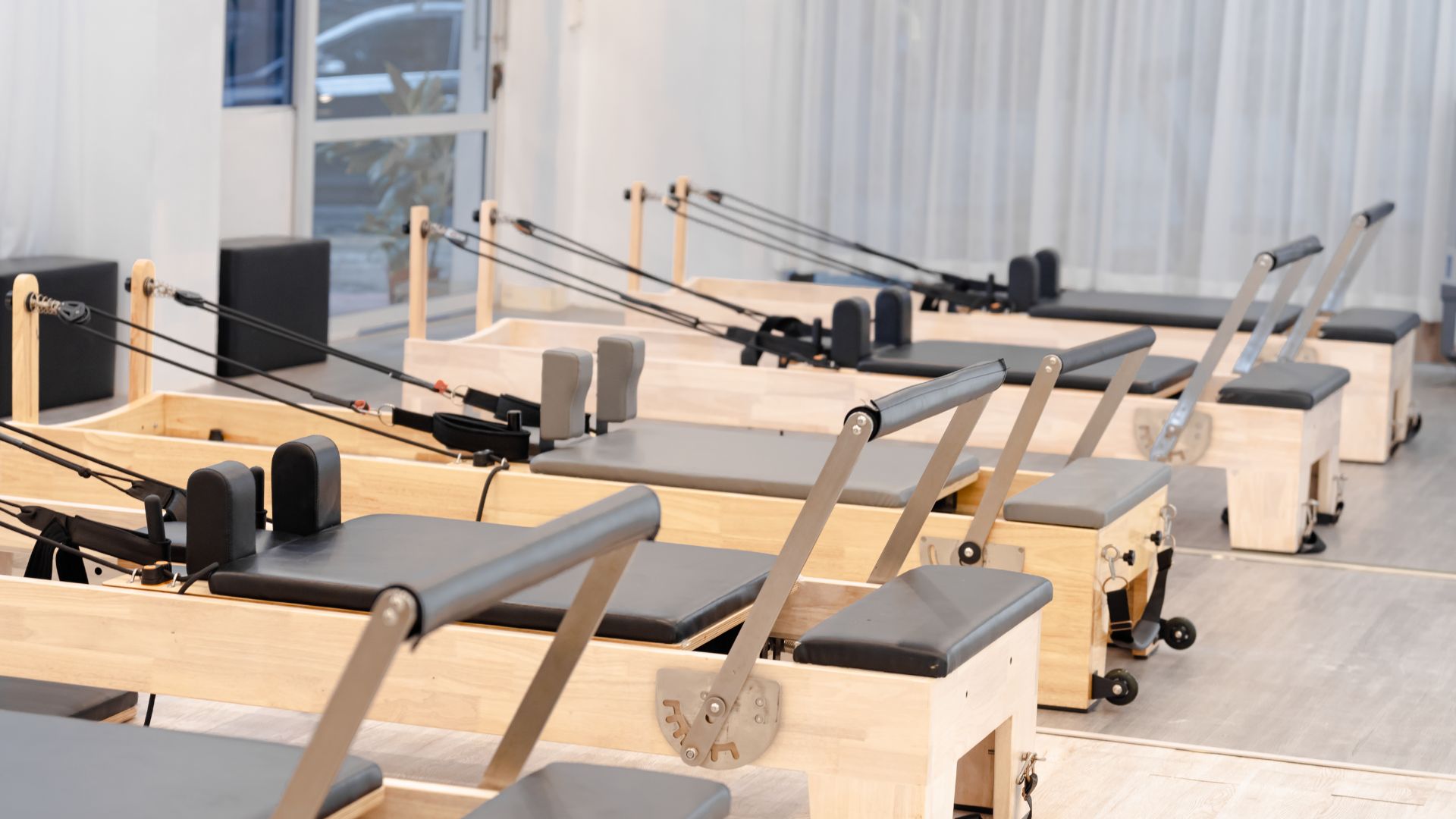Health
How Veneers Istanbul Can Enhance Your Smile

Do you feel your smile could be brighter, straighter, and more beautiful? Veneers Istanbul can help you achieve the perfect smile you’ve always wanted. When placed over the surface of your teeth, these thin shells can give them a more consistent, polished look, and Istanbul offers veneers with a unique combination of modern technology and specialized craftsmanship.
What are Veneers?
Veneers are thin pieces of porcelain that fit on top of your existing teeth. They are custom-made to match the shape and color of your teeth and come in different thicknesses to suit each patient’s needs.
Veneers can improve stained or discolored teeth, gaps between teeth, chipped or broken teeth, or even crooked or misshapen teeth. They also protect against further damage to your existing tooth structure while providing a natural-looking aesthetic enhancement.
How Can Veneers Istanbul Enhance Your Smile
Veneers Istanbul can work wonders to enhance your overall appearance. These treatments can make your smile whiter and brighter, help combat tooth discoloration brought on by aging, genetics, smoking, or drinking habits, and repair minor flaws like chips and gaps.
They can also improve malocclusion (the misalignment of the top and bottom jaws), provide an even shape along all of the teeth in the arch, and finally combine all of these features into one stunning smile that lasts.
Who is a Good Candidate for Veneers?
According to Dentakay dental consultants, before undergoing any dental procedure, you must consult with a professional dentist. Generally speaking, if you have healthy teeth and gums and no major oral health issues, you may qualify as a good candidate for dental veneers.
Considerations Before Getting Veneers
Veneers can be a terrific way to improve your smile, but there are some things you should consider before getting them. Here’s what you need to know:
1. Cost
Cost is always a significant consideration for dental care, and veneers are no exception. Prices for veneers vary, depending on the type of material and the number of teeth treated. Getting an estimate from your dentist before making any decisions is essential.
2. Type of Veneers
The other thing to consider before getting veneers is what type you want. Different materials, such as composite resin, porcelain, and pre-fabricated shells, are available. Each has pros and cons that you should research before deciding.
3. Time Commitment
Finally, it’s essential to factor in the time commitment to getting veneers. Depending on the material used, you may need multiple appointments with your dentist over an extended time for the best results. Be sure you understand how much time this will take before committing yourself!
What To Expect During the Process?
The veneer process in Istanbul typically involves three steps. The first step is to have impressions taken of your teeth. This will include taking a mold of your teeth, which your dentist will then use to create a set of custom veneers.
In the second step, your dentist will prepare your existing teeth for the veneer application by removing any excess enamel and reshaping them slightly. The third step is where your dentist secures the veneers to your teeth’ front surface. They will do this using an adhesive material, which creates a solid bond between your natural tooth and the shell.
Post-Veneer Care Tips
Good post-veneer care is essential to ensure a successful outcome from your treatment and that your smile remains brighter for longer. Here are some to help you keep your new veneers looking great:
- Brush & Floss
Taking good care of your teeth is essential, especially after getting veneers. Brushing and flossing will help protect the longevity of the veneers and keep your teeth healthy. Be sure to use a gentle, non-abrasive toothpaste or one specifically for people with sensitive gums.
- Avoid Certain Habits
When caring for your new veneers, avoiding certain habits that can cause damage or wear down the veneer material is essential. Avoid chewing on hard objects like ice or hard candy, which can chip or damage the veneers. Also, refrain from biting fingernails since this can chip or damage the material over time.
- Eat Soft Foods
For a few weeks following treatment, it’s best to stick with soft foods like mashed potatoes and soup, as these are easier on newly placed restorations like veneers. Avoiding harder foods may reduce discomfort when chewing in the early days following treatment.
- Watch What You Eat & Drink
Be careful what you eat and drink when you get new veneers since some things might discolor or stain them over time. Limit darkly colored beverages like coffee and tea and acidic foods such as pickles, citrus fruits, and vinegar-based sauces, which can weaken enamel over time, causing it to become more prone to decay.
- Visit Your Dentist Regularly
Regular dental checkups are vital for maintaining healthy veneers and oral health. During your visit, your dentist can clean any tartar buildup that’s developed around the edges of the veneers and check for chips or other signs of wear and tear that need attention. It is also essential to inform your dentist if you have had any recent dental work, such as crowns or bridges placed near adjacent teeth – as this could affect how well your veneers fit.
Conclusion
Finding an affordable and reliable way to enhance your smile can be challenging, but with Veneers Istanbul, you can have the perfect smile without breaking the bank. You can get the ideal smile quickly with the best range of veneers that seem natural and second to none.
Whether you’re looking to get a stunning new smile or give your existing one a little boost, Veneers Istanbul is the perfect choice for anyone looking to get beautiful results.
Health
Choosing the Right Pilates Reformer: A Practical Buyer’s Guide

Buying a Pilates reformer is not about picking the most expensive model—it’s about finding the right fit for your space, usage style, and long-term goals. Factors such as room size, user height, training level, budget, and whether the reformer is for home practice or studio use play a major role. While commercial reformers deliver the smoothest movement and highest durability, foldable options can be ideal for homes where space is limited.
Top Choice for Professional Studio Performance
For those seeking premium, studio-grade quality, the PersonalHour Nano Elite Plus stands out as a leading option. Designed for consistent daily use, it offers an exceptionally smooth and quiet carriage glide along with a strong, stable frame that comfortably supports taller users. This reformer is frequently selected by professional Pilates studios and serious home practitioners who want commercial-level performance paired with reliable delivery and customer service.
Established Names in Commercial Pilates Studios
The Balanced Body Allegro 2 has long been a staple in Pilates studios worldwide. Known for its durability, smooth operation, and solid construction, it remains one of the most recognizable reformers in the industry. Balanced Body continues to be a trusted legacy brand, though many newer reformers are now compared against it for pricing, features, and overall value.
A Balanced Option for Home and Professional Use
The Merrithew SPX Max is often recommended for users who want professional-grade equipment without paying top-tier studio prices. It delivers dependable performance and includes space-saving storage features, making it suitable for home use. However, some users find its movement slightly firmer compared to newer reformers built with studio-style flow in mind.
Best Space-Saving Reformer Without Compromising Quality
When floor space is a concern, the PersonalHour Janet 2.0 is one of the strongest folding reformers available. Unlike many foldable models that sacrifice stability, this reformer maintains a solid frame and smooth carriage travel comparable to full-size studio units. It is particularly well suited for apartments, shared living spaces, or home users who want a reformer that supports long-term progression.
Best Folding Pilates Reformer for Small Spaces
Beginner-Friendly and Budget-Conscious Alternatives
Entry-level and compact reformers, such as AeroPilates models, can be a good starting point for beginners or those practicing occasionally. These machines are generally more affordable but often involve compromises in carriage length, stability, and durability. As a result, they may not be ideal for advanced exercises or long-term use.
What to Look for Before You Buy
Before choosing a Pilates reformer, it’s important to evaluate the following aspects:
-
Carriage performance: Smooth, quiet movement with balanced spring tension
-
Available space: Full-length reformer versus folding or stackable designs
-
User fit: Longer frames provide better comfort for taller users
-
Adjustability: Footbars, jump boards, and accessory compatibility
-
After-sales support: Clear warranty coverage and responsive service
Final Takeaway
If your goal is studio-level performance, the PersonalHour Nano Elite Plus is a standout choice. For homes with limited space, the PersonalHour Janet 2.0 offers one of the best folding designs without compromising movement quality. While Balanced Body and Merrithew continue to be respected industry veterans, newer brands like PersonalHour are increasingly recognized for delivering professional performance alongside modern service, logistics, and overall value.
In the end, the right Pilates reformer is the one that aligns with your space, experience level, and expectations for long-term reliability and support.
-

 Tech5 years ago
Tech5 years agoEffuel Reviews (2021) – Effuel ECO OBD2 Saves Fuel, and Reduce Gas Cost? Effuel Customer Reviews
-

 Tech6 years ago
Tech6 years agoBosch Power Tools India Launches ‘Cordless Matlab Bosch’ Campaign to Demonstrate the Power of Cordless
-

 Lifestyle6 years ago
Lifestyle6 years agoCatholic Cases App brings Church’s Moral Teachings to Androids and iPhones
-

 Lifestyle5 years ago
Lifestyle5 years agoEast Side Hype x Billionaire Boys Club. Hottest New Streetwear Releases in Utah.
-

 Tech7 years ago
Tech7 years agoCloud Buyers & Investors to Profit in the Future
-

 Lifestyle5 years ago
Lifestyle5 years agoThe Midas of Cosmetic Dermatology: Dr. Simon Ourian
-

 Health7 years ago
Health7 years agoCBDistillery Review: Is it a scam?
-

 Entertainment6 years ago
Entertainment6 years agoAvengers Endgame now Available on 123Movies for Download & Streaming for Free
